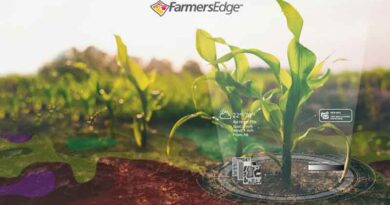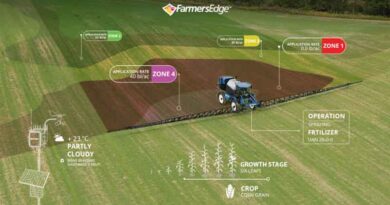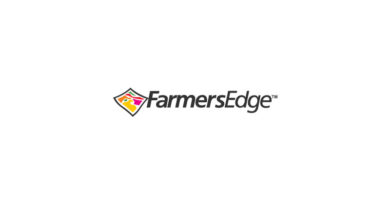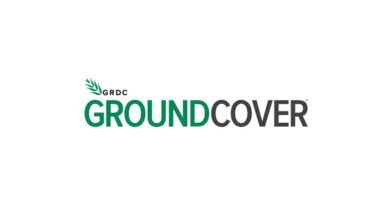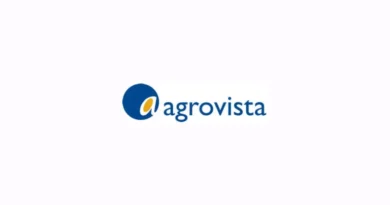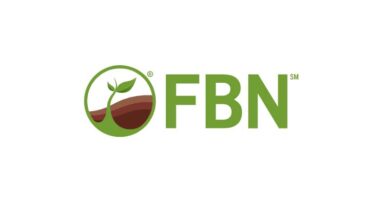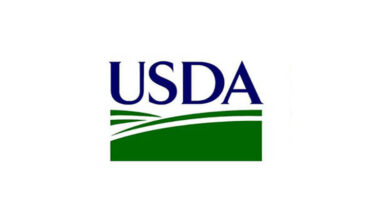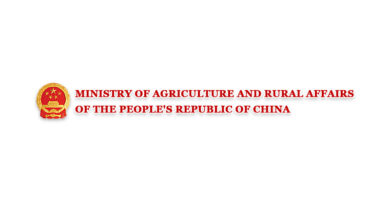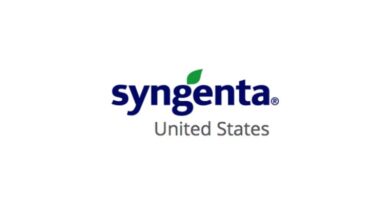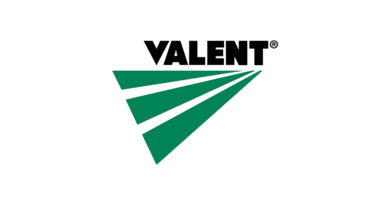Variable Rate Technology: More than Just Fertility and Planting Prescriptions
11 June 2021, Canada: When most people think of variable rate technology (VRT), they instantly think of fertility and planting/seeding prescriptions. We all know the value of those and have confidence in the technology involved. But is this as far as variable rate technology can take us?
Surely other products we apply could be better utilized than just applying a flat rate across a field. Just think of the efficiencies that could be generated by applying herbicides or fungicides via variable rate technology.
Also Read: Training Programme on Preservation of Fruits and Vegetables Concludes at PAU
Let’s start by defining what VRT really is. In essence, it is an approach to agriculture that allows farmers to apply different inputs, including fertilizer, water and pest control products at different rates without having to manually adjust equipment. Not only does this radically improve efficiency, but it also lowers costs because inputs are applied at the right rate in the right place eliminating waste.
Now that may sound like the kind of pie-in-the-sky thinking that works in a laboratory somewhere far disconnected from an actual field, but there are practical examples of these beyond fertilizer types of variable rate applications that currently exist and are already helping farmers around the world.
Tools such as in-season imagery allow farmers to understand the variability in their growing crop and create application zones that allow them to manage products in a way that can boost ROI. Think about a field that has some lower-performing areas due to soil type or other factors that result in a thin stand. Since the impacts of fungal disease are lower in areas where foliage is less dense, farmers can use VRT to reduce the fungicide rate in that area. Or they can decide to apply nothing in those areas because the cost of the product is more than the value of the added yield and would result in a negative ROI. Another application that is common today is applying desiccants using a variable rate prescription. This allows farmers to ensure that areas where the crop is heaviest and will take the longest to dry down receive more desiccant while areas where the crop is thin receive less (or none) because the benefits would be minimal.
Soil variability can also be managed using VRT and this doesn’t just apply to differences in soil fertility. A number of herbicides have different label rates for varying levels of soil organic matter or soil pH. In the past, farmers would either have to be conservative on their rates and risk poor weed control or risk problems such as carry over into the following crop in some areas of the field. VRT lets farmers create a variable rate prescription that can treat each soil type with an appropriate rate, opening up new possibilities for crop protection products in variable fields as well as reducing the risk for next year’s crop.
VRT can also open the door for products that have traditionally been considered too expensive to be practical in most situations. A grower in Brazil was able to get a variable rate prescription to apply an expensive nematicide to address a nematode issue he had in a few scattered areas of his field. It wasn’t a large percentage of his field with the issue, but the damage from the nematodes was severe and the treatment was expensive. In the past, the only solution would have been to spray the whole field or try to find the areas on the ground and spot spray. By using high-frequency imagery to map the problem areas and develop a variable rate prescription, he was able to address the issue in a way that made financial sense.
VRT not only has financial benefits for farmers, but it also has a major effect on the environmental impact of farming. By empowering farmers to optimize the application of certain products in their fields, variable rate technology reduces overuse of everything from fertilizer to pesticides. This keeps tons of potentially harmful compounds from entering the environment every year. Moreover, by using variable rate nitrogen management in combination with other 4R practices, farmers can reduce their nitrous oxide (a powerful greenhouse gas) and produce high-quality carbon offsets. It’s very rare to see a true win-win in the world, but that’s exactly what VRT delivers.
There is still room to grow variable rate applications on the farm by utilizing tools provided from industry leaders like Farmers Edge. To learn more about how you might expand variable rate applications and boost ROI on your farm, visit www.farmersedge.ca.


